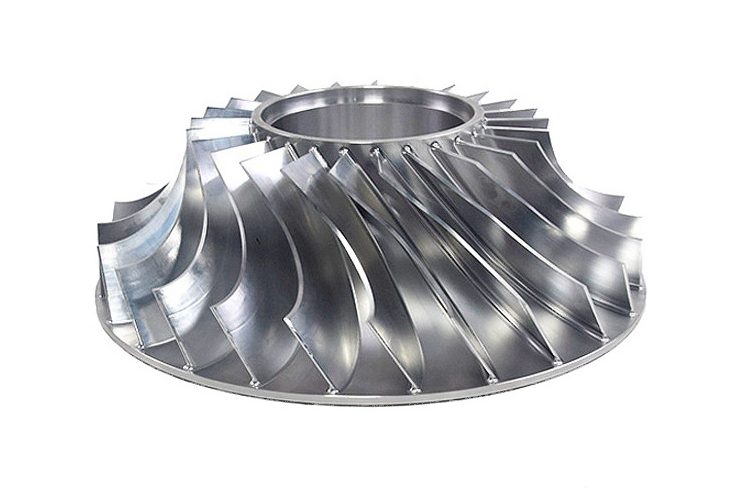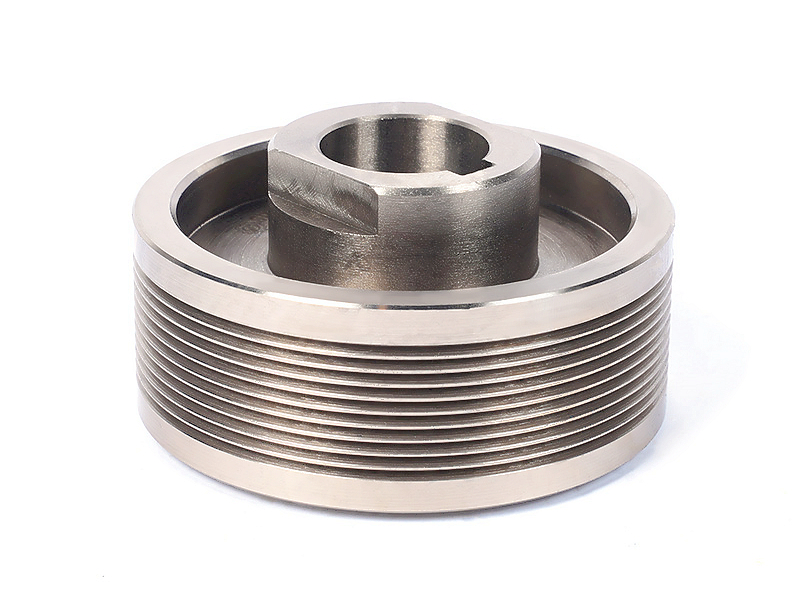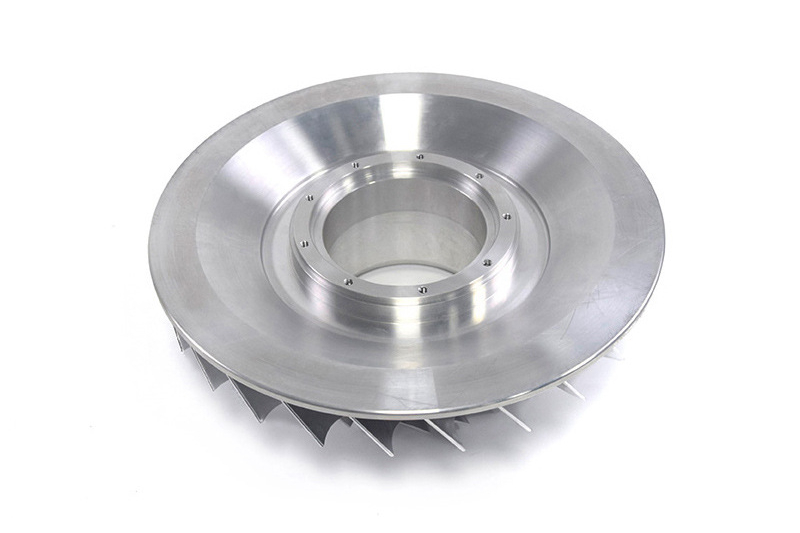What machining steps ensure high fatigue strength in titanium components?
Ensuring high fatigue strength in titanium components requires a machining philosophy that prioritizes the integrity of the subsurface material. Fatigue cracks invariably initiate at the surface; therefore, the entire manufacturing process must be designed to create a flawless surface free of stress concentrators, microcracks, and tensile residual stresses. This involves a disciplined, multi-stage approach.
Strategic Machining Sequence and Stress Relief
The foundation for fatigue-resistant parts is laid during the roughing process. Aggressive material removal induces significant residual stresses. To prevent these stresses from distorting the part and creating a unstable foundation for finishing, a critical intermediate stress relief heat treatment is mandatory. This process, a key part of Heat Treatment for CNC Machining, relaxes the stresses locked into the material after roughing. By stabilizing the part geometry before any finishing passes, we ensure that final dimensions are stable and that subsequent machining does not work on a pre-stressed condition, which could lead to unpredictable fatigue performance.
Controlled Finishing Parameters for Surface Integrity
Finishing operations must be meticulously controlled to generate a compressive residual stress state at the surface. This is achieved by using sharp tools, high feed rates, and low depths of cut. A sharp tool shears the material cleanly, while a high feed rate promotes a larger tool nose radius engagement, mechanically inducing beneficial compressive stress. Conversely, a dull tool or insufficient feed rate rubs and burnishes the surface, generating heat and tensile stresses that drastically reduce fatigue life. This precision is a hallmark of our Precision Machining Service, where parameters are fine-tuned for optimal surface integrity rather than just dimensional accuracy.
Toolpath Strategy and Tool Condition Management
The toolpath itself is critical. Continuous, climb-milling toolpaths should be used to ensure a consistent chip load and avoid tool reversal marks that act as stress risers. Trochoidal and dynamic milling strategies are excellent as they maintain a constant tool engagement, minimizing thermal variation and chatter. Furthermore, a strict tool life management policy is non-negotiable. Tools are changed based on a conservative lifespan or monitored for wear to prevent any degradation in surface quality. All these strategies are seamlessly executed using our Multi-Axis Machining Service, which allows for optimal tool orientation and uninterrupted cutting paths.
Non-Conventional Machining and Deburring
For features that are difficult to access with traditional cutting tools, non-conventional methods like Electrical Discharge Machining (EDM) may be used. However, the white layer/recast layer formed by EDM is brittle and highly detrimental to fatigue strength. It must be completely removed by subsequent processes like CNC Part Tumbling and Deburring or hand polishing. Similarly, all sharp edges and burrs must be meticulously removed, as they are prime initiation sites for fatigue cracks.
Final Surface Enhancement
After machining, specific finishing processes can further enhance fatigue performance. Electropolishing is highly effective, as it anodically dissolves the surface, removing the micro-roughness, micro-cracks, and smeared material left behind by cutting tools. This results in a metallurgically clean surface with reduced stress concentrators. For the highest-performance components in Aerospace and Aviation, shot peening is often employed to intentionally create a deep, stable layer of compressive stress on the surface, which must be strong enough to overcome any applied tensile stresses during service, thereby preventing crack initiation.



